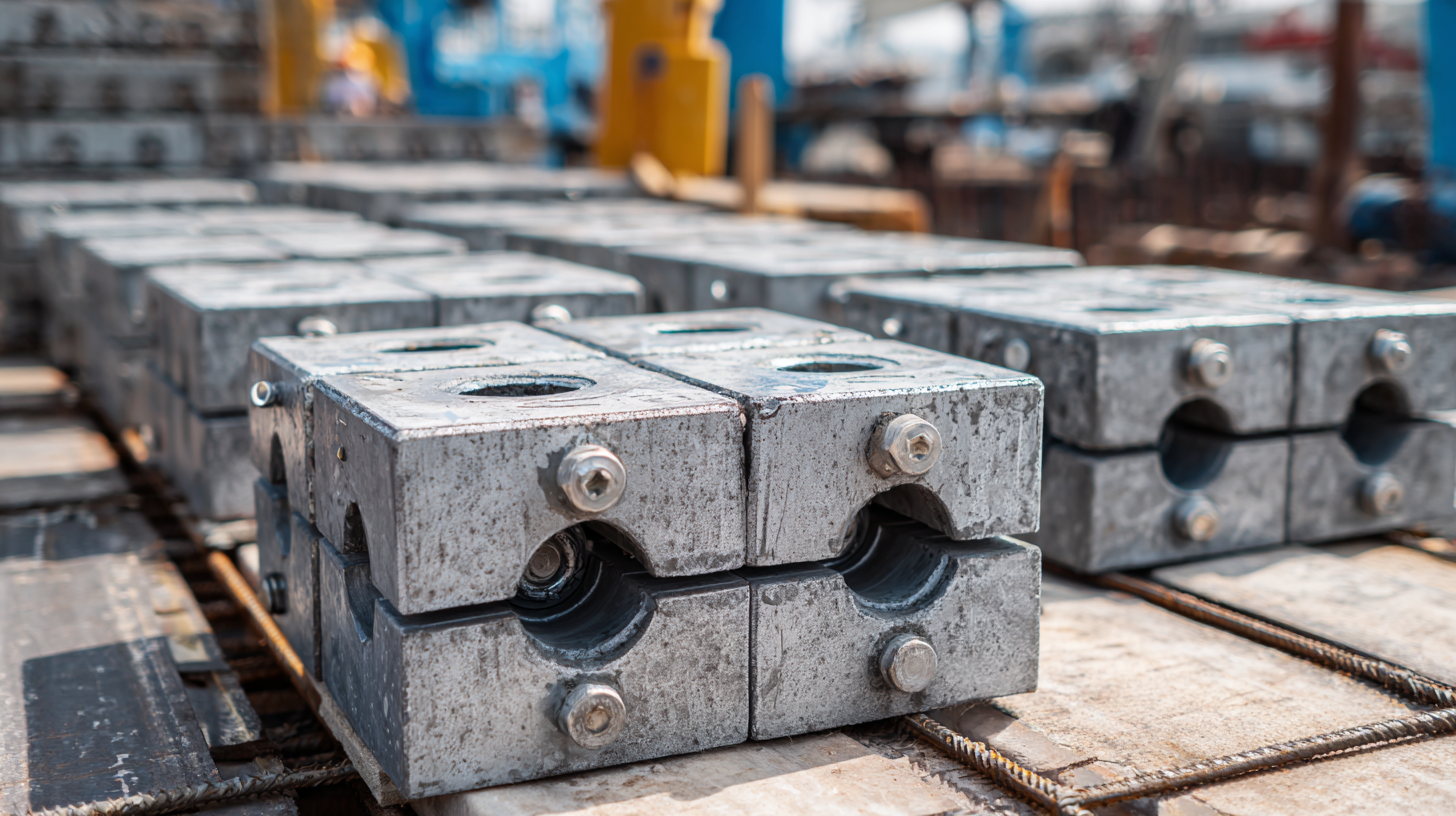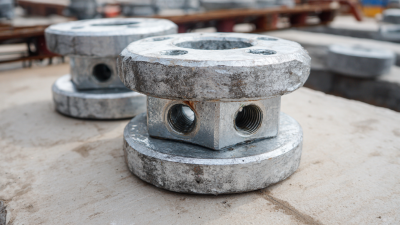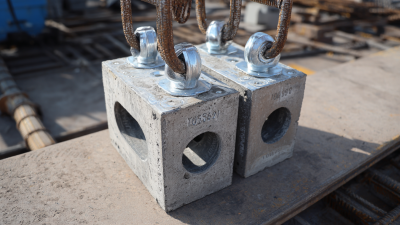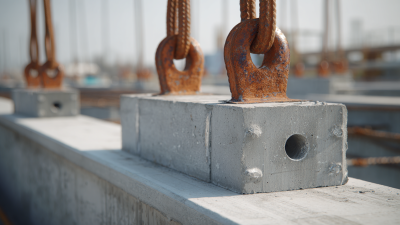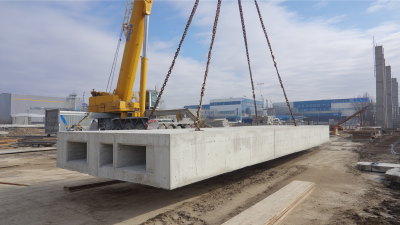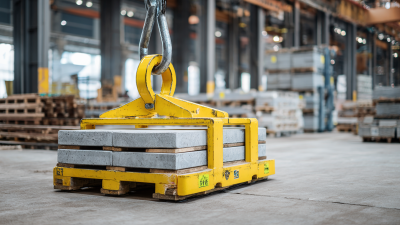In the construction industry, efficiency and safety are paramount concerns that influence every decision made on a project site. One crucial aspect that significantly enhances operational effectiveness is the use of Precast Concrete Lifting Eyes. These specialized components are designed to facilitate the lifting and positioning of precast concrete elements during installation. As construction techniques evolve and projects grow in scale and complexity, the role of Precast Concrete Lifting Eyes has become increasingly essential.
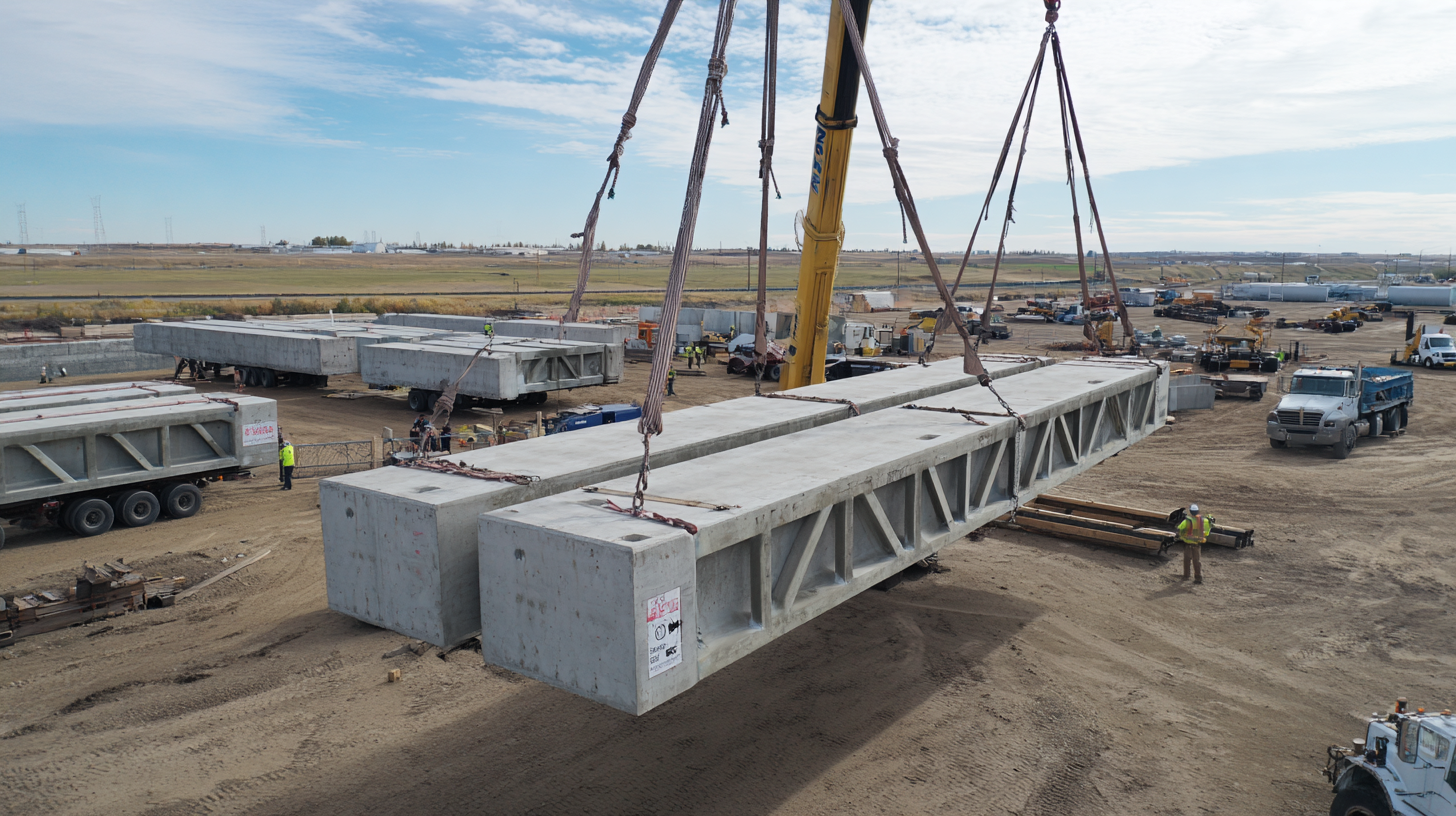
With the projected growth of the construction sector, understanding the importance of these lifting eyes is vital for any project manager or contractor aiming for timely and safe completions. The "2025 Top 5" initiatives emphasize not only delivery speed but also the integrity of installations. By integrating Precast Concrete Lifting Eyes into construction practices, teams can ensure precise handling and reduce the risks associated with lifting heavy materials. This article will explore the key benefits and innovations surrounding Precast Concrete Lifting Eyes, illustrating how they contribute to more efficient and streamlined construction processes.
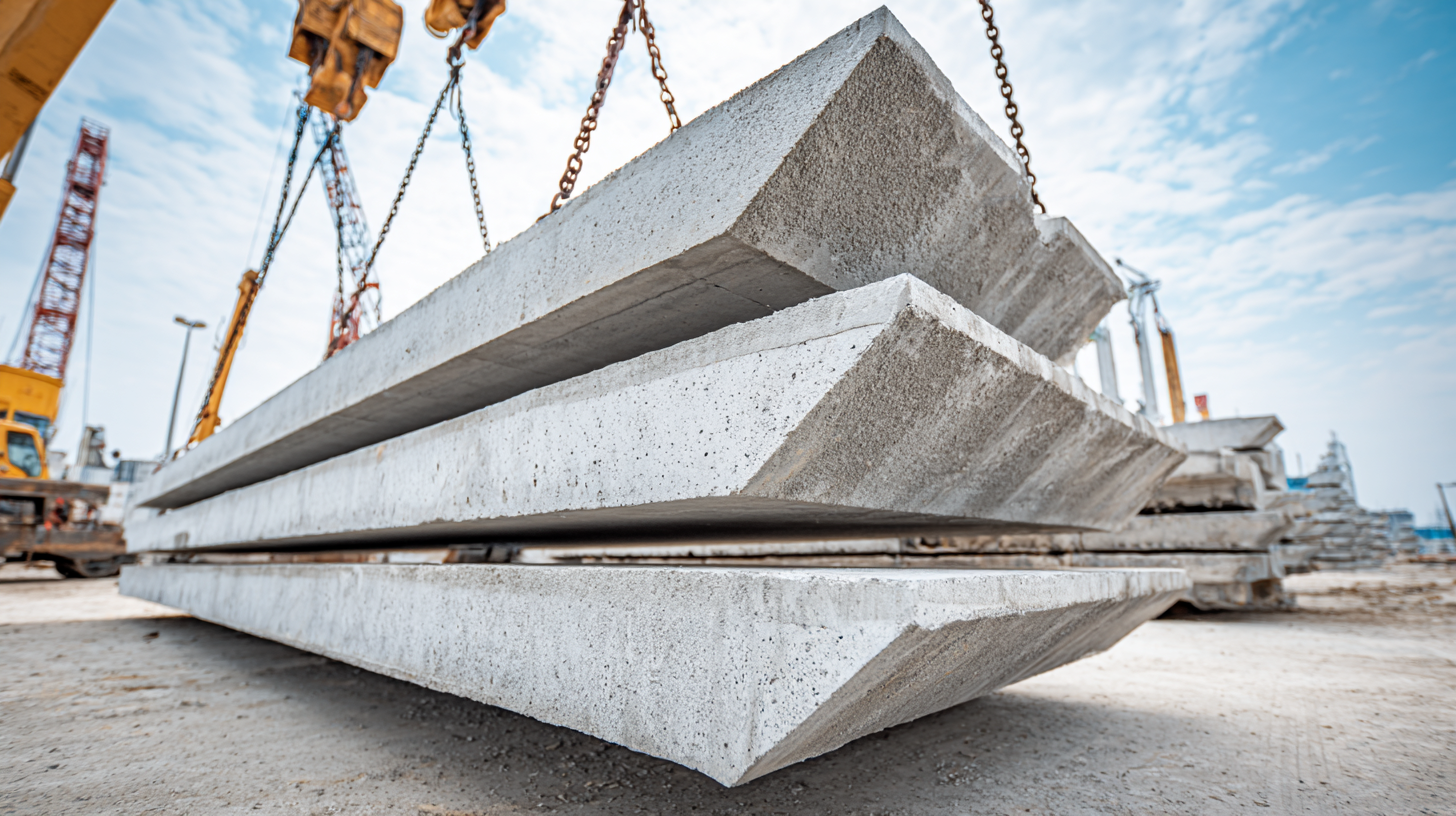 Precast concrete lifting eyes play a pivotal role in streamlining construction processes. These specialized attachments facilitate safer and more efficient
transportation and installation of heavy precast elements, reducing on-site assembly time. According to a recent industry report from the Precast Concrete Institute, the use of lifting eyes can decrease labor costs by up to 20%, as they allow for quicker handling and placement of large concrete components.
Precast concrete lifting eyes play a pivotal role in streamlining construction processes. These specialized attachments facilitate safer and more efficient
transportation and installation of heavy precast elements, reducing on-site assembly time. According to a recent industry report from the Precast Concrete Institute, the use of lifting eyes can decrease labor costs by up to 20%, as they allow for quicker handling and placement of large concrete components.
Ensuring that your precast lifting eyes are properly designed and positioned is essential for maximizing their efficacy. It is crucial to adhere to
load capacity and safety standards outlined in the American Concrete Institute (ACI) guidelines. Additionally, regular inspection of lifting eyes before and after installation can prevent potential accidents and structural failures.
Tip: Always match the lifting eye specifications to the weight and dimensions of the precast element to ensure optimal performance and safety. Implementing a detailed lifting plan prior to operations can also significantly enhance coordination among crew members, further streamlining the construction process.
Precast concrete lifting eyes are vital components in streamlining construction processes. By integrating lifting eyes into precast concrete elements, contractors can significantly enhance the efficiency of assembly and transportation. These specially designed features facilitate easy handling, ensuring that concrete pieces can be lifted and maneuvered with precision and safety. As a result, projects can progress more rapidly, minimizing downtime and labor costs.
One of the key benefits of implementing lifting eyes is their ability to reduce the risk of damage during transportation and installation. Properly designed and strategically placed eyes provide a secure grip, preventing slippage or breakage of the concrete components. Additionally, using lifting eyes can improve workplace safety by minimizing manual handling efforts, thereby reducing the likelihood of injuries.
Tips: Always ensure that the lifting eyes are inspected for integrity before each use to avoid any mishaps. Additionally, consider the weight distribution of the concrete elements when planning lifting to maximize safety and efficiency. Proper training for the crew on how to properly use lifting eyes can enhance overall project outcomes and ensure safe practices on-site.
Precast concrete lifting eyes play a crucial role in enhancing safety on construction sites. By providing a secure method for lifting and moving heavy concrete elements, these lifting eyes minimize the risk of accidents associated with improper handling. When properly engineered and installed, lifting eyes ensure that loads are evenly distributed, reducing the chances of tipping or dropping during transportation. This is particularly important in maintaining worker safety, as unexpected shifts in weight can lead to serious injuries or fatalities on-site.
Moreover, the use of lifting eyes contributes to more efficient lifting techniques. With clearly defined lifting points, crane operators can maneuver precast components with precision, leading to quicker assembly times and minimizing the potential for mishaps. This streamlined process not only protects workers but also enhances overall site productivity. By prioritizing safe practices through the incorporation of precast concrete lifting eyes, construction projects can significantly reduce hazards, creating a safer environment for all personnel involved.
| Dimension | Importance | Safety Considerations | Application |
|---|---|---|---|
| Weight Capacity | Ensures precast elements can be safely lifted | Avoids overloading and potential accidents | Used in all major precast lifting scenarios |
| Material Strength | Ensures durability and longevity | Reduces risk of failure during lifting operations | Ideal for heavy-duty lifting applications |
| Design Specifications | Customization for various project needs | Ensures correct alignment and safety during lift | Tailored for specific structural requirements |
| Installation Ease | Facilitates quick setup and integration | Minimizes time spent in risky operations | Useful in fast-paced construction environments |
| Compliance Standards | Meets safety and engineering regulations | Ensures accountability and liability protection | Critical for all construction projects |
Lifting eyes have emerged as an indispensable component in precast concrete construction, significantly enhancing budget management through their cost-effective nature. According to a report by the National Precast Concrete Association (NPCA), implementing lifting eyes can reduce labor costs by up to 25% during the handling and installation phases. This is primarily due to the optimized handling processes and decreased need for additional rigging equipment, which incurs extra costs and time delays.
Furthermore, the use of lifting eyes minimizes the risk of damage during transport and installation, thereby decreasing material wastage. A study published in the Journal of Construction Engineering and Management found that projects utilizing precast elements with integrated lifting eyes had a waste reduction rate of approximately 15%. By ensuring that materials are handled more safely and efficiently, project managers can allocate funds more effectively, leading to significant savings. In a competitive construction market where budget adherence is critical, the inclusion of lifting eyes not only streamlines operations but also ensures financial resources are utilized to their fullest potential.
In the construction industry, the adoption of innovative precast concrete lifting solutions is on the rise, particularly as we approach 2025. The evolution of these technologies not only enhances lifting efficiency but also significantly reduces project timelines and labor costs. As contractors seek to streamline their operations, advancements in lifting equipment, such as smart lifting eyes equipped with sensors and optimized designs for weight distribution, are gaining traction. These innovations empower construction teams to handle larger, heavier precast elements with greater safety and precision.
Tips: When considering precast concrete lifting solutions, it's essential to invest in training for your workforce. Proper use of advanced lifting tools and techniques ensures maximum safety and efficiency on site. Additionally, keep an eye on emerging startups focusing on automation and machine learning applications in lifting operations—these developments could significantly impact your business strategy.
As the industry moves forward, sustainability is becoming a key trend, with many companies exploring environmentally friendly materials and methods. The integration of recycled components in precast concrete production and the use of energy-efficient lifting systems illustrate a shift towards greener practices. Embracing these changes not only benefits the environment but can also enhance your brand image and attract clients who prioritize sustainability.
